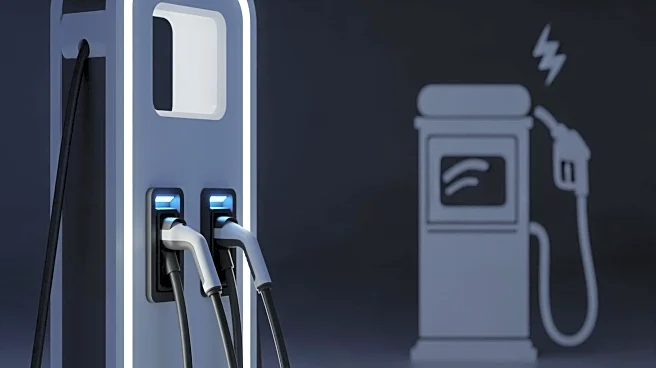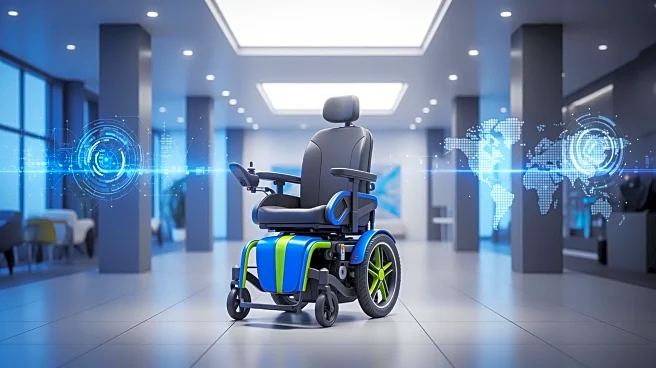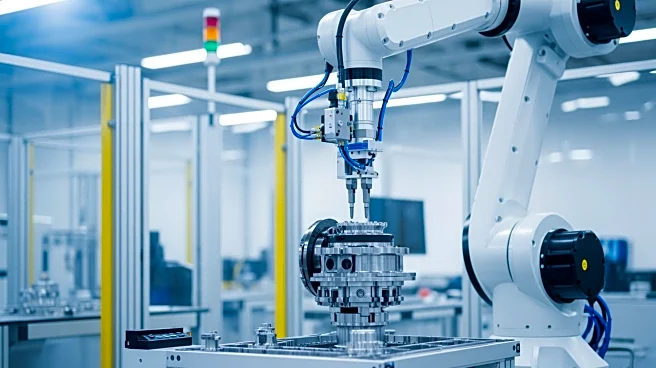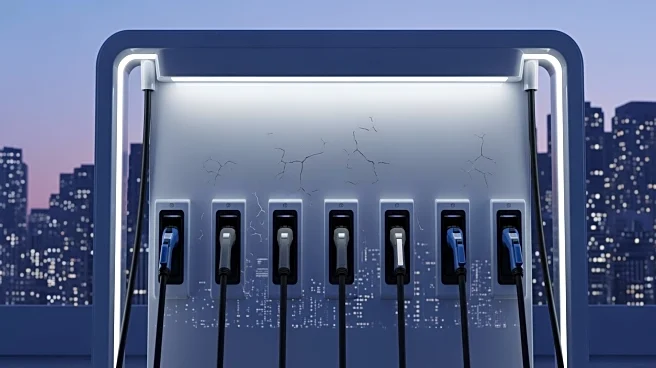What's Happening?
A recent webinar highlighted the critical role of charging infrastructure in boosting electric vehicle (EV) adoption in the United States. The discussion, based on analysis from Urban Science and The Harris Poll, emphasized the importance of dealer networks
and accessible charging stations in shaping consumer attitudes and increasing EV market share. The webinar explored the gap between dealer optimism and consumer skepticism regarding charging infrastructure availability. It also provided insights into how network planning and data-driven strategies can help automakers and dealers drive the EV transition and identify hotspots for EV demand.
Why It's Important?
The availability of charging infrastructure is a significant factor influencing consumer decisions to purchase EVs. As the U.S. aims to increase EV adoption, addressing charging accessibility is crucial for overcoming barriers and enhancing consumer confidence. The insights from the webinar underscore the need for strategic investments in charging networks to support the growing EV market. This development is vital for the automotive industry, as it can lead to increased sales and contribute to environmental sustainability by reducing reliance on fossil fuels.
What's Next?
Automakers and dealers are expected to focus on expanding charging infrastructure to meet consumer demand and facilitate the transition to electric mobility. Collaboration between industry stakeholders and policymakers will be essential to develop comprehensive strategies for charging network expansion. The insights from the webinar may influence future investments and policy decisions aimed at supporting EV adoption. As charging infrastructure improves, consumer perceptions may shift, leading to increased EV sales and market growth.
Beyond the Headlines
The emphasis on charging infrastructure highlights broader challenges related to urban planning and the integration of sustainable technologies into existing systems. The development of charging networks requires coordination between various sectors, including energy, transportation, and urban development. This situation presents opportunities for innovation and collaboration to create efficient and accessible charging solutions. The focus on infrastructure also reflects the need for long-term planning to support the transition to a sustainable transportation system.














